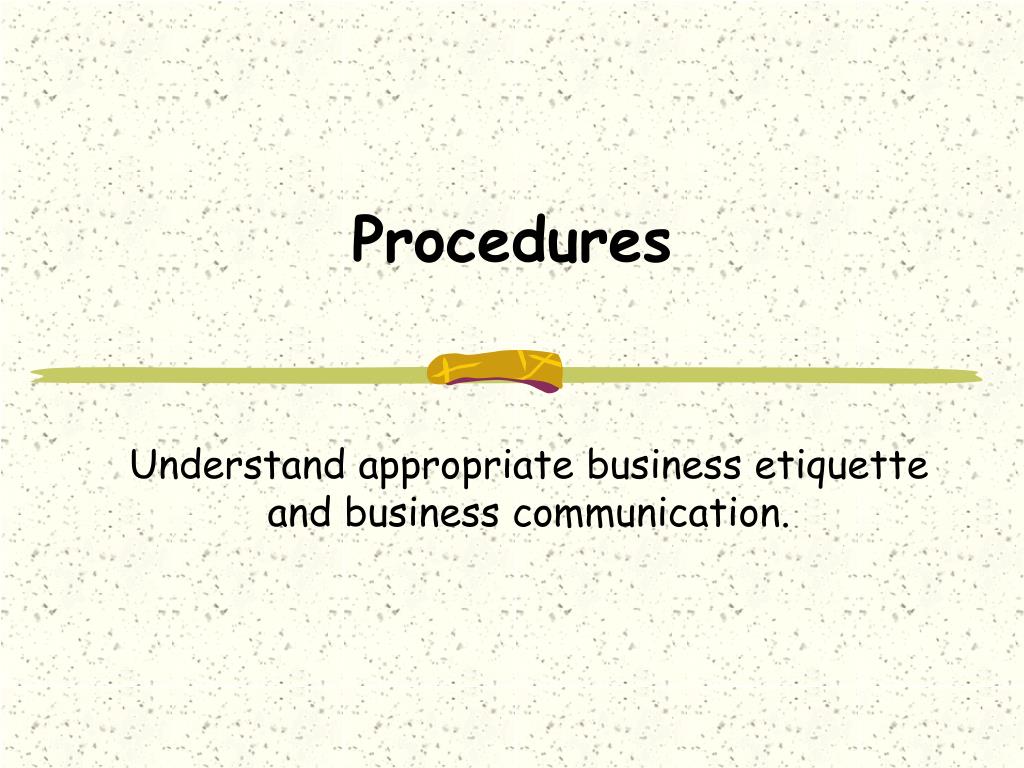Rules of meeting etiquette
Below, we’ve compiled many of the do’s and don’ts for flying The Red, White, and Blue. You can also view a complete list of guidelines for properly displaying the Star-Spangled Banner from the U betsoft gaming software.S. Department of Veterans Affairs, including specific rules on how to properly display the flag on Memorial Day and about flying the American flag at half-staff. Now, you can celebrate our country and those who have served it the right way!
So, while the propriety of painting Old Glory on the ground and driving over it to park your car certainly might be called into question, the right to do so is protected by Freedom of Speech—which, ironically, is exactly what Old Glory stands for. Thanks for caring so much to ask!
Instead, use patriotic bunting made of red, white, and blue in the correct order (blue on top, white in the middle, red on the bottom) for decorative purposes. It honors the spirit of the flag without violating flag etiquette.
To avoid this, you shouldn’t fly the flag during bad weather—heavy wind included. So, remember to check the forecast this Independence Day. Think of it like this: You wouldn’t want to stand out in the rain! The only exception is an all-weather flag. You should also make sure the flag is properly secured so it doesn’t fall or get damaged. If your American flag does get dirty, you should stop flying it and buy a new one as the flag should only be flown in pristine condition. Specifically, it shouldn’t be tattered or torn and the stripes and union should be vibrant.

Formal rules of procedure or etiquette
Robert’s Rules of Order for meetings is the general standard for how nonprofit boards, committees and other established groups govern discussions and decision-making. Most nonprofits and groups use Robert’s Rules because it ensures order and creates a ripe environment for productivity .
Practicing good etiquette involves being mindful of others‘ feelings, showing empathy, and adapting to different social contexts. It encourages individuals to be polite, considerate, and well-mannered, regardless of their personal preferences or beliefs. By adhering to etiquette guidelines, we demonstrate respect for others and contribute to a harmonious social environment.
Every successful board meeting is backed up by a clear agenda. In Robert’s Rules, each agenda item must be precisely defined or specific, preventing confusion among the assembly. At the same time, the meeting agenda should also be distributed to all members in advance — ensuring everyone is informed of discussion points.

Robert’s Rules of Order for meetings is the general standard for how nonprofit boards, committees and other established groups govern discussions and decision-making. Most nonprofits and groups use Robert’s Rules because it ensures order and creates a ripe environment for productivity .
Practicing good etiquette involves being mindful of others‘ feelings, showing empathy, and adapting to different social contexts. It encourages individuals to be polite, considerate, and well-mannered, regardless of their personal preferences or beliefs. By adhering to etiquette guidelines, we demonstrate respect for others and contribute to a harmonious social environment.
Rules of fence etiquette
The style of your fence should ideally complement both properties. While you might have a specific design in mind, consulting with your neighbor can lead to a choice that enhances the entire neighborhood’s aesthetic.
It’s about weaving the delicate fabric of neighborly relations with threads of respect, communication, and mutual understanding. A fence does more than restrict your living space—it symbolizes the boundary between communal harmony and potential discord.
You don’t need to show them your design, as they might not like it (it isn’t in their control), but it shows that you care about their feelings. They might even be willing to split the installation cost with you! The only problems that might arise are if the fence lowers their property value or is dangerous.
If you own your home, it tracks that everything on your property belongs to you. But as you get closer and closer to your property lines, the space gets a bit more liminal: If there’s a fence separating your property from your neighbor’s, it’s a shared feature, even if only one of you technically owns it. After all, a fence defines both private properties, and you both benefit from it.